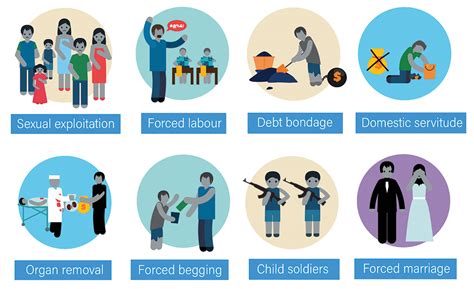Introduction
In the intricate tapestry of human relationships, there exists a somber thread—the exploitation of individuals for personal gain. Whether it manifests subtly or overtly, this insidious behavior can inflict deep wounds, leaving lasting scars on its victims. This article delves into the complex dynamics of “people using you,” analyzing the factors that drive such actions and exploring effective strategies for navigating these challenging situations.

The Psychology of Exploitation
Exploitation hinges on a fundamental power imbalance where one person exerts control over another. This imbalance may stem from various factors, including emotional manipulation, financial dependence, or social status. Exploiters often prey upon individuals who are vulnerable or lack confidence, seeking to fulfill their own needs at the expense of others.
Pain Points and Motivations
Exploitation thrives when individuals experience pain points that make them susceptible to manipulation. These pain points can include emotional insecurity, financial struggles, or a desire for acceptance. Exploiters skillfully tap into these vulnerabilities, offering solutions or companionship in exchange for compliance.
On the other side of the equation, exploiters are often motivated by a combination of self-interest and a lack of empathy. They may prioritize their own needs above all else, disregarding the consequences for others. Additionally, some exploiters may have a subconscious desire for control or power, using others as mere pawns in their personal games.
Warning Signs of Exploitation
Recognizing the signs of exploitation is crucial for protecting oneself from its damaging effects. Common warning signs include:
- Excessive demands for time, attention, or resources
- Manipulation and guilt-tripping to get what they want
- Disregarding your boundaries or preferences
- Isolating you from others who may offer support
- Exploiting your vulnerabilities for their own gain
Strategies for Navigating Exploitation
Navigating exploitation can be challenging, but there are effective strategies that can help:
- Set Boundaries: Clearly communicate your limits and expectations, and do not allow them to be violated.
- Build a Support Network: Surround yourself with individuals who value your well-being and provide emotional support.
- Seek Professional Help: If exploitation persists, consider seeking professional guidance from a therapist or counselor.
- Practice Self-Reflection: Examine your own motivations and vulnerabilities to identify areas where you may be more susceptible to manipulation.
- Foster Self-Esteem: Cultivate a strong sense of self-worth to reduce the likelihood of being drawn into exploitative relationships.
Generative Applications
To address the societal problem of exploitation, we need to explore innovative applications that empower individuals and create a culture where it is less likely to occur. One such application is “Empathy X-Rays,” a tool that simulates the emotional experiences of others, fostering empathy and reducing the likelihood of exploitation.
Data and Statistics
- According to a study by the National Human Trafficking Resource Center, over 40 million people worldwide are victims of human trafficking, a form of modern-day slavery.
- The World Health Organization estimates that one in three women worldwide experiences physical or sexual violence in their lifetime.
- A survey by the American Psychological Association found that 60% of respondents had experienced some form of exploitation in their personal or professional lives.
Tables
| Type of Exploitation | Characteristics | Consequences |
|---|---|---|
| Emotional | Manipulation, guilt-tripping, isolation | Low self-esteem, anxiety, depression |
| Financial | Extortion, debt-trapping, misuse of resources | Financial ruin, homelessness |
| Social | Exclusion, harassment, reputational damage | Social isolation, stigma |
| Sexual | Coercion, assault, rape | Physical harm, PTSD, mental health issues |
| Vulnerability Factors | Pain Points | Exploiter Tactics |
|---|---|---|
| Low self-esteem | Feeling unworthy and unlovable | Flattery, attention-grabbing |
| Financial hardship | Desperation for money or resources | Promises of financial assistance, loans |
| Isolation | Lack of social support | Offers of companionship, manipulation |
| Naivety | Lack of experience or worldliness | Appeals to trust, promises of adventure |
| Effective Strategies | Benefits | Challenges |
|---|---|---|
| Set Boundaries | Protects personal well-being | Requires assertiveness and discipline |
| Build Support Network | Provides emotional support and resources | May be difficult to find trustworthy individuals |
| Seek Professional Help | Access to specialized guidance and coping mechanisms | Can be expensive and time-consuming |
| Practice Self-Reflection | Empowers self-awareness and reduces vulnerability | Requires honesty and introspection |
| Foster Self-Esteem | Protects against manipulation and exploitation | Takes time and effort to cultivate |
| Generative Applications | Purpose | Benefits |
|---|---|---|
| Empathy X-Rays | Simulates emotional experiences of others | Fosters empathy, reduces exploitation |
| Vulnerability Assessment Tool | Assesses risk factors for exploitation | Identifies vulnerable individuals, facilitates early intervention |
| Empowerment Education Program | Teaches strategies for navigating and preventing exploitation | Strengthens self-confidence, reduces susceptibility to manipulation |
